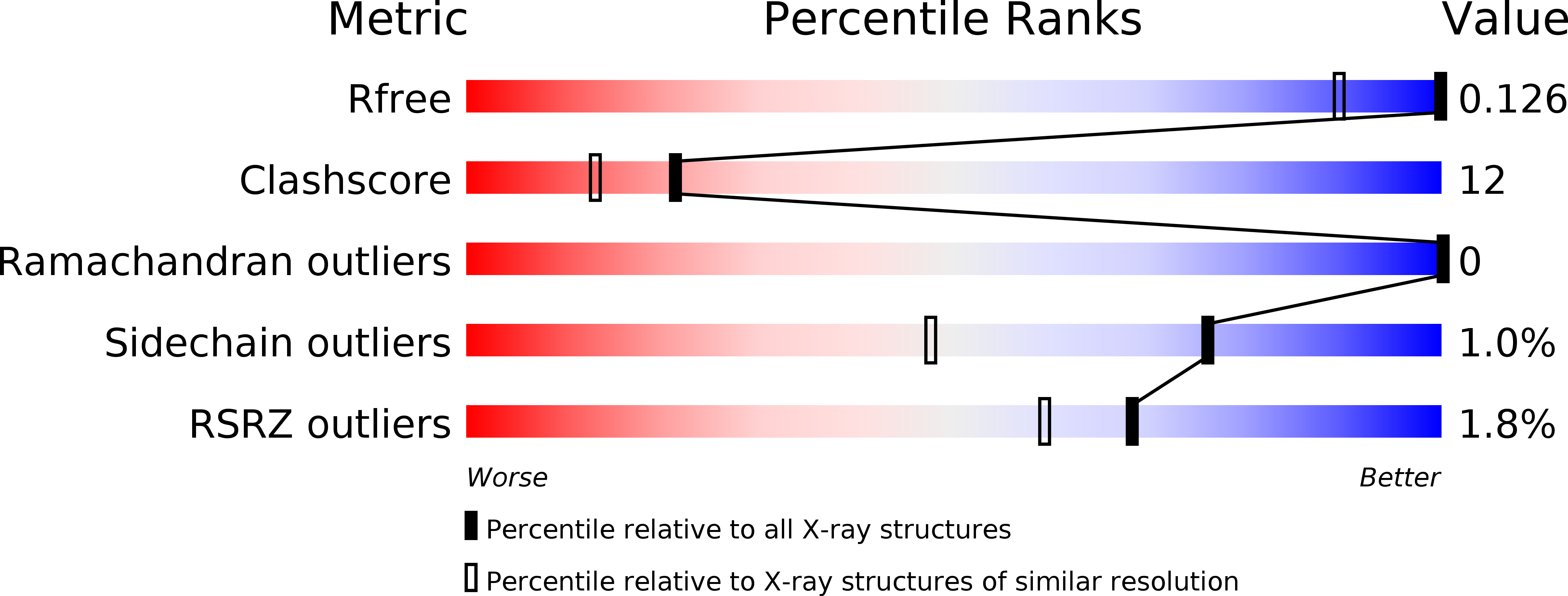
Deposition Date
2010-05-21
Release Date
2011-05-25
Last Version Date
2023-11-01
Entry Detail
PDB ID:
3AJ4
Keywords:
Title:
Crystal structure of the PH domain of Evectin-2 from human complexed with O-phospho-L-serine
Biological Source:
Source Organism:
Homo sapiens (Taxon ID: 9606)
Host Organism:
Method Details:
Experimental Method:
Resolution:
1.00 Å
R-Value Free:
0.12
R-Value Work:
0.10
R-Value Observed:
0.10
Space Group:
P 1 21 1


